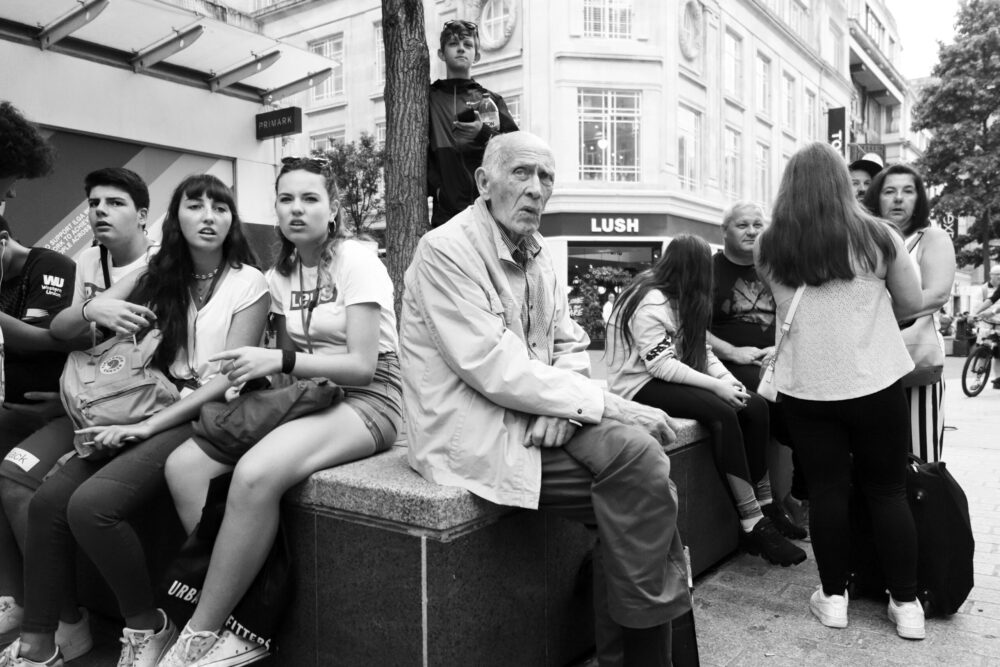
Art
New artwork at Calderstones Park comments on history of The Mansion House
2 years ago
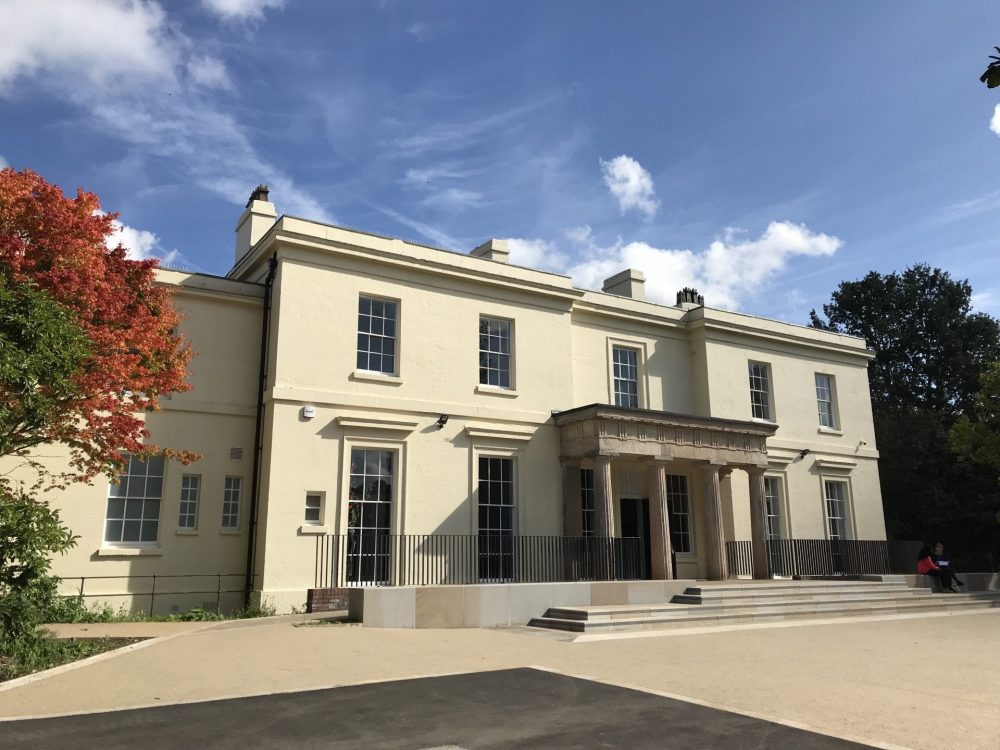
This February, The Reader will present a painting by artist and illustrator Sumuyya Khader which responds to new research into the history of the Mansion House in Liverpool’s Calderstones Park where the charity is based.
Now We Sit With It will be permanently displayed at the Mansion House from 29 February 2024 and was created as part of Making Meaning at Calderstones – The Reader’s two-year project to uncover and celebrate the unique stories of Calderstones funded by National Lottery Heritage Fund.
As part of the project, a team of researchers and a local historian set about uncovering links between the Mansion House, the surrounding park and the transatlantic slave trade. After significant research, we started to uncover a complex and nuanced picture, but no evidence was found to directly link Joseph Need Walker – for whom the Mansion House was built in 1928 – to slavery or the slave trade.

However, metals, including brass, iron and lead, all of which the Walker family manufactured, were central to the operation of the trade in enslaved Africans, as goods that were used to exchange for people in West Africa. There is evidence that Joseph Need Walker’s father and his three brothers were supportive of the abolition of the slave trade.
Their father was a friend of William Wilberforce, correspondence between them beginning in 1788 still exists, with some of the letters referring to the slave trade and Wilberforce attempts to have it abolished.
Sumuyya Khader is an artist working in a multiplicity of ways with major institutions, projects, publishers, social enterprises and artist-led groups. Her practice is a combination of illustration, painting & print works that predominantly explore place and identity. Now We Sit With It will be her first work to be on permanent display.
Sumuyya Khader said:
“It became really important to me to think about how we can put a Black presence into this space without depicting Blackness in a derogatory way. I wanted to find a way to honour those untold stories, names and histories that we can’t uncover because the details have been lost or the books were never written. That was all challenging, to look back at slavery and the links to this building, the family and the city and then to decide that in fact I’m not going to depict all that; that what I create will still be rooted in the research but it might not be the thing that everybody expects.”
Head of Programme at The Reader, Anna Farrell said:
“Calderstones Park has been a place of meaning-making for as long as 5,000 years. This project has meant that all these years later we’ve been able to find new ways to understand and reflect on aspects of the site’s heritage that were previously underexplored. We don’t have all the answers, but we hope this beautiful piece of art will ignite peoples’ curiosities into the unique stories of Calderstones’ past.”
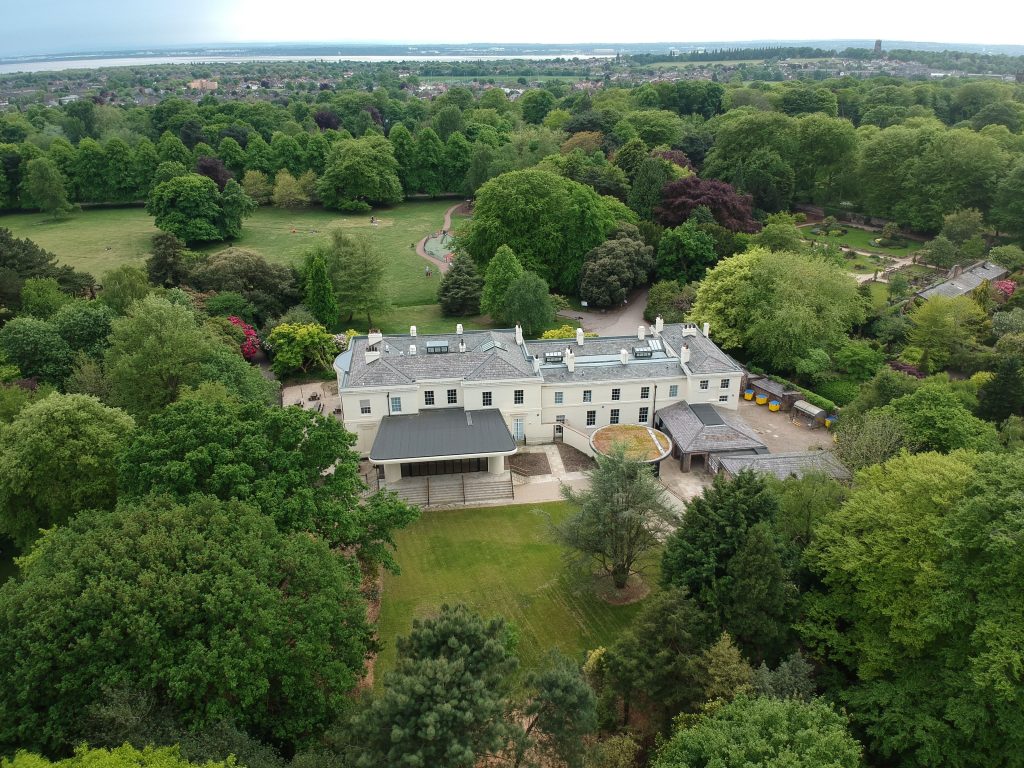
Katie Clark, Director of Literature at The Reader, said:
“As in our Shared Reading groups which take place across the UK, there is no desired response to the artwork, but we hope that everyone who visits the Mansion House will engage with it in their own way and share in a moment of contemplation. The legacy of this project will continue to shape our work through what we read and who we read with, and we are committed to sharing books that help us uncover stories and voices that often go unheard, and to ‘sitting with’ those stories together.”
This activity is made possible thanks to National Lottery players, with funds awarded by The National Lottery Heritage Fund.


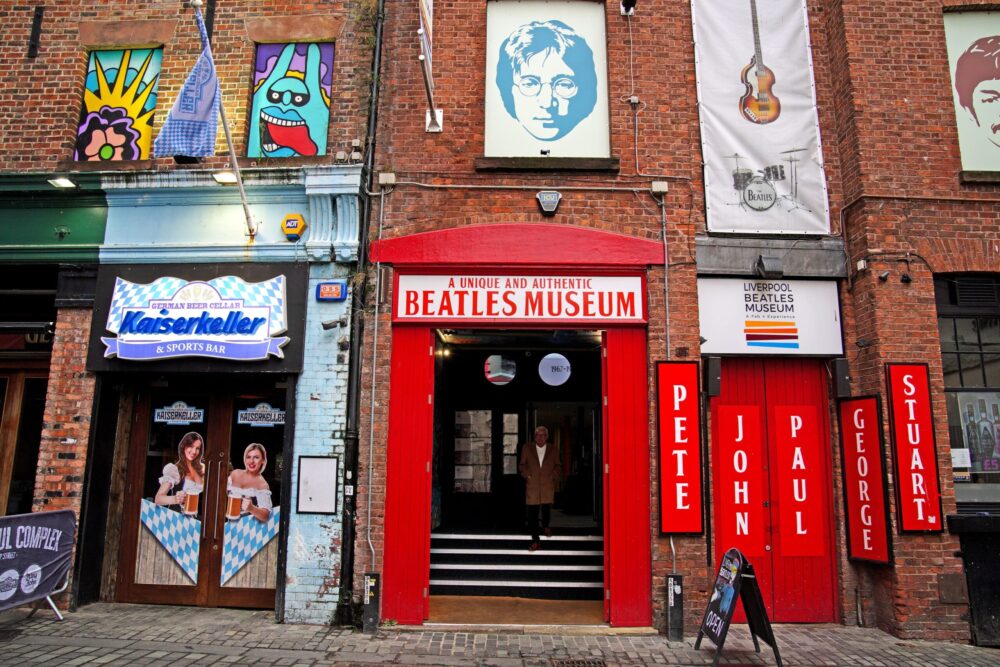
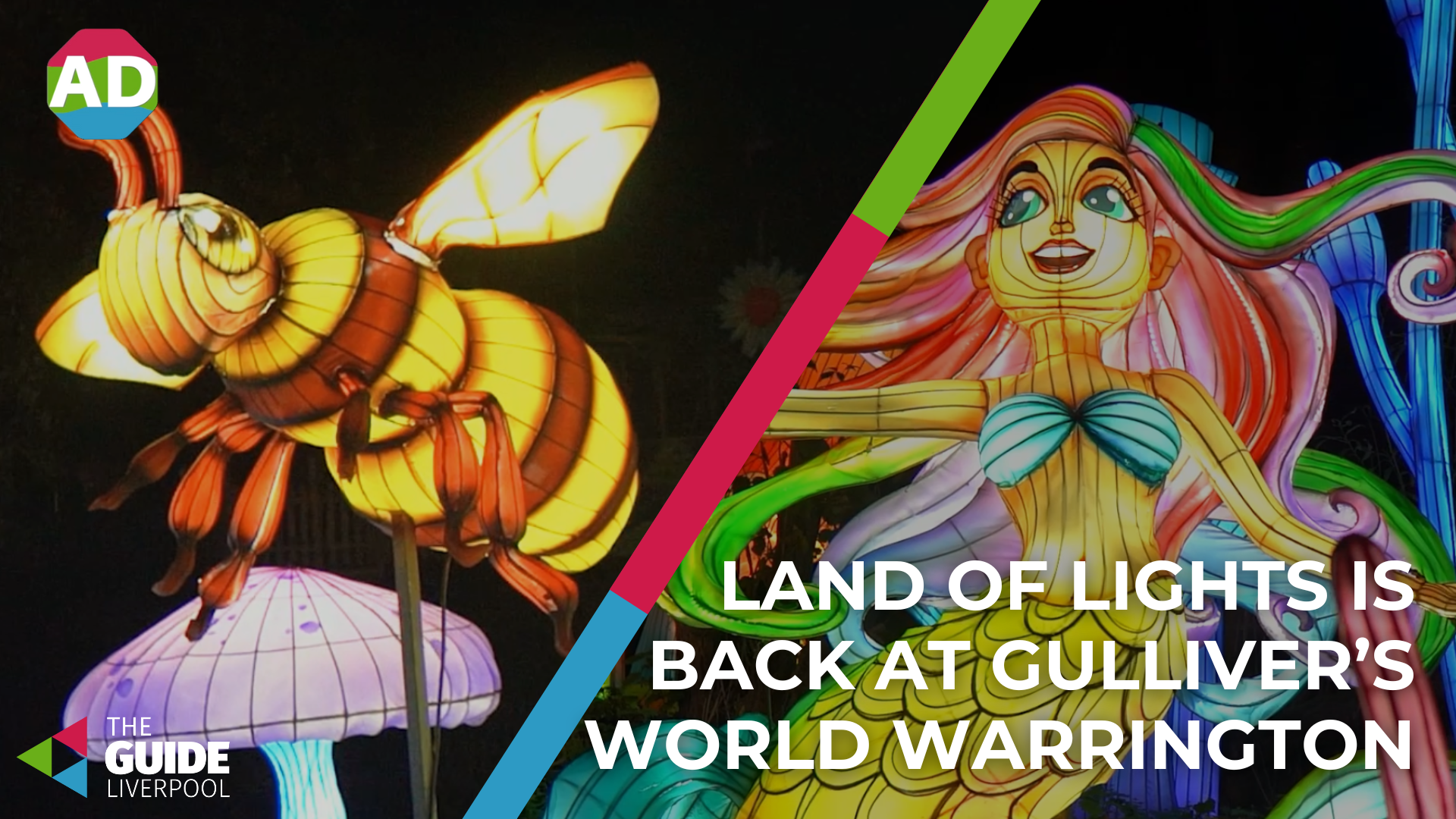
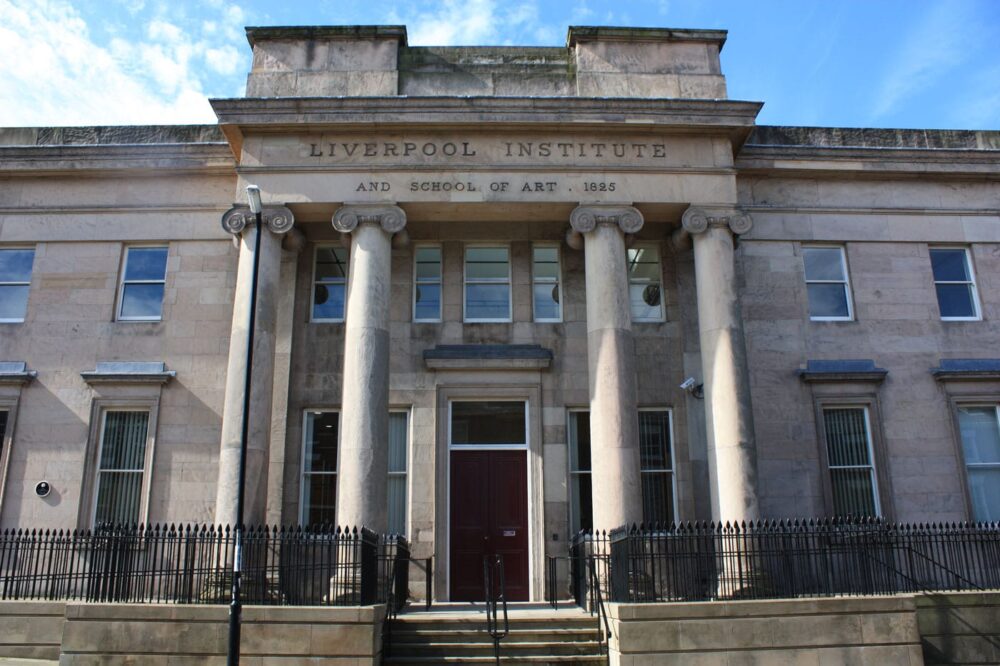
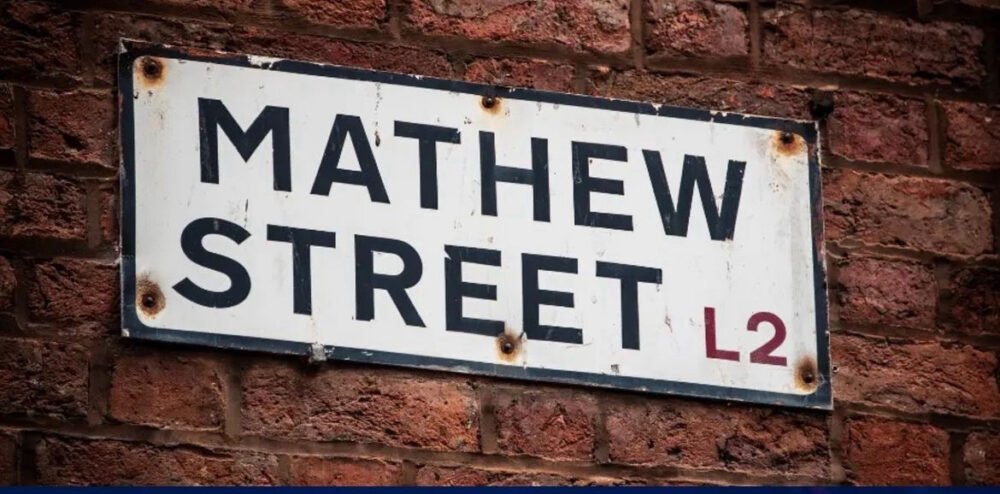

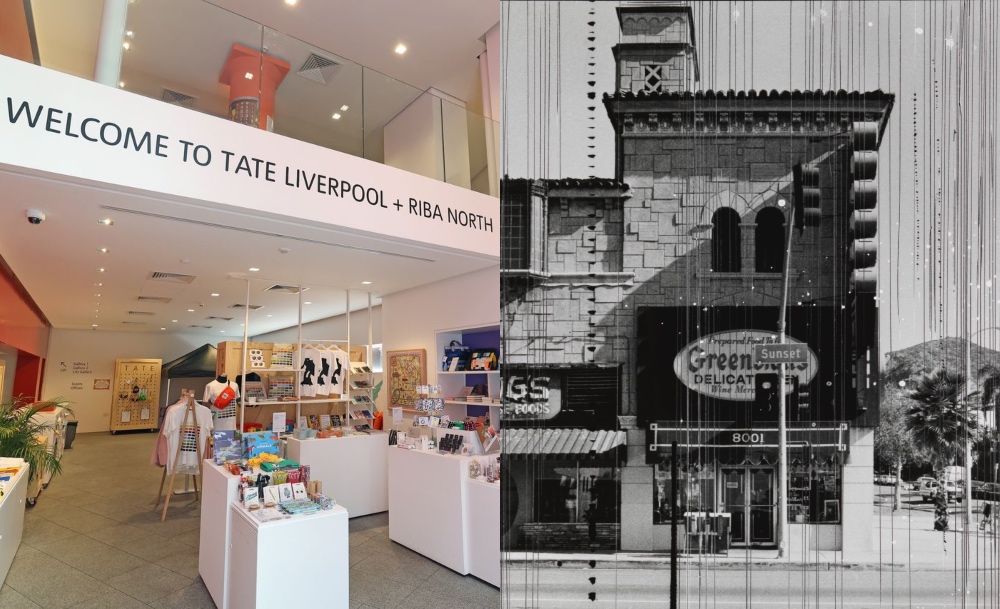
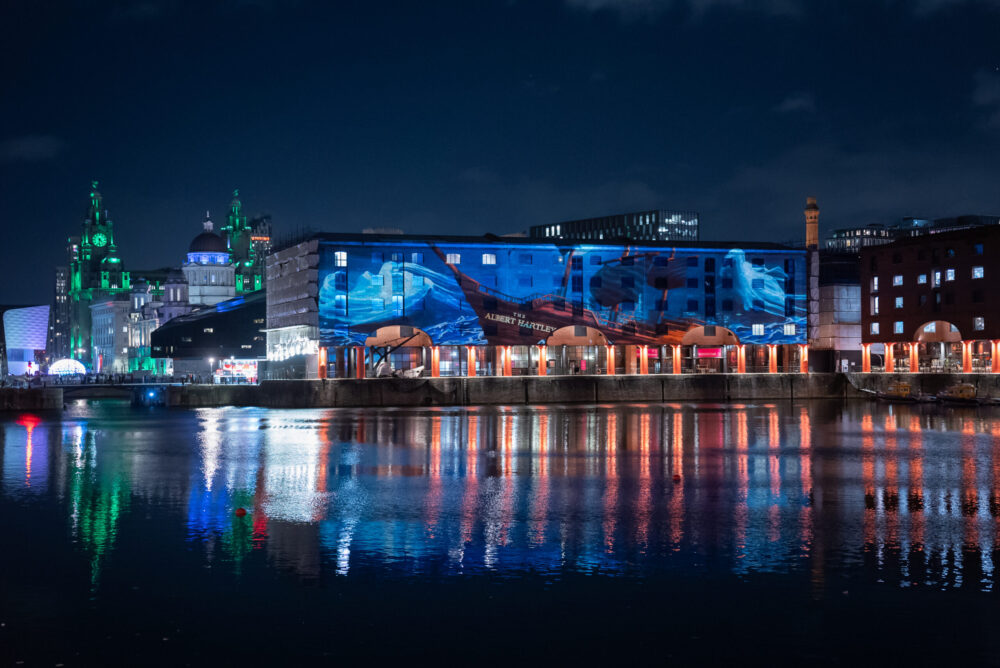

 Subscribe
Subscribe Follow Us
Follow Us Follow Us
Follow Us Follow Us
Follow Us Follow Us
Follow Us Follow Us
Follow Us











